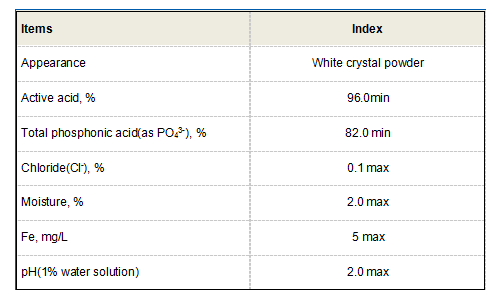Poly Aluminium Chloride for Drinking Water Treatment
Poly Aluminium Chloride An Essential Agent for Drinking Water Treatment
Poly Aluminium Chloride (PAC) has emerged as a vital coagulant in the treatment of drinking water, providing an effective solution for improving water quality and ensuring safety for consumption
. As a type of inorganic polymer, PAC is known for its superior coagulation properties, facilitating the removal of suspended particles, organic matter, and microorganisms from water sources.The process of water treatment typically involves the addition of coagulants to facilitate the aggregation of smaller particles into larger flocs, which can then be removed through sedimentation and filtration. PAC stands out in this regard due to its high charge density, which promotes rapid floc formation. Unlike traditional coagulants like aluminium sulfate, PAC operates effectively over a broad range of pH levels, making it versatile and suitable for various water types, even in challenging conditions.
One of the key advantages of using PAC in drinking water treatment is its efficiency in lowering turbidity levels, which is a crucial parameter in assessing water quality. By reducing turbidity, PAC not only enhances the aesthetic quality of drinking water but also minimizes the potential for harmful microorganisms to persist. This benefit is particularly significant in areas where water sources may be contaminated or turbid due to environmental factors.
poly aluminium chloride for drinking water

Moreover, PAC has been recognized for its lower residual aluminum content compared to other coagulants. This is a notable advantage considering concerns regarding the health implications of aluminum in drinking water. The reduced residual aluminum levels associated with PAC usage contribute to safer drinking water and align with regulatory standards for potable water quality.
Additionally, the application of PAC can lead to cost savings in water treatment processes. Its effectiveness at lower doses translates to reduced chemical usage and transportation costs. Coupled with its rapid settling characteristics, the use of PAC can enhance operational efficiencies in water treatment plants, ultimately leading to improved service delivery for communities.
In conclusion, Poly Aluminium Chloride plays a critical role in the treatment of drinking water. Its excellent coagulation capabilities, lower residual aluminum levels, and cost-effective application make it a preferred choice for water treatment facilities worldwide. As water quality continues to be a pressing concern, the utilization of PAC will undoubtedly contribute to ensuring that safe and clean drinking water is accessible to all.
-
The Power of Isothiazolinones in Modern ApplicationsNewsMay.08,2025
-
Flocculants in Water TreatmentNewsMay.08,2025
-
Flocculants and Chemical Solutions: What You Need to KnowNewsMay.08,2025
-
Flocculants and Chemical Solutions: A Growing IndustryNewsMay.08,2025
-
Essential Chemicals: Polymaleic Anhydride and MoreNewsMay.08,2025
-
Acrylic Polymers: Essential Solutions for IndustryNewsMay.08,2025





